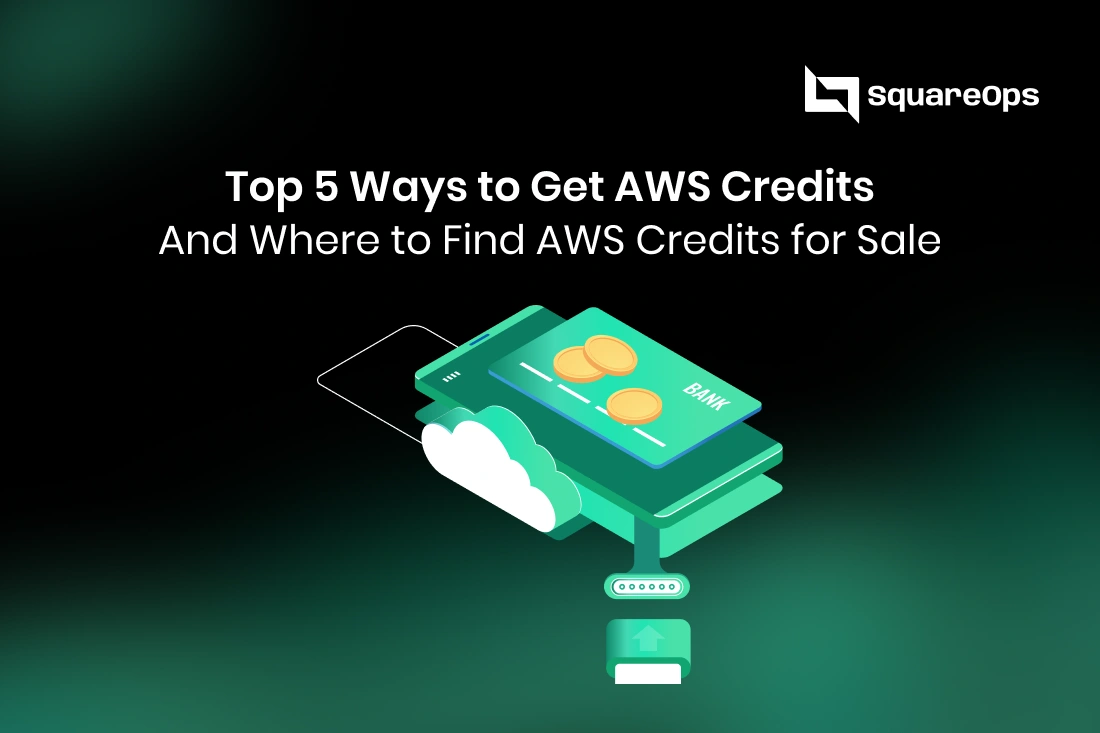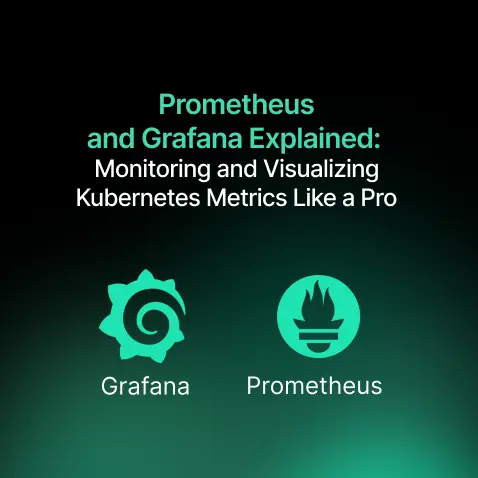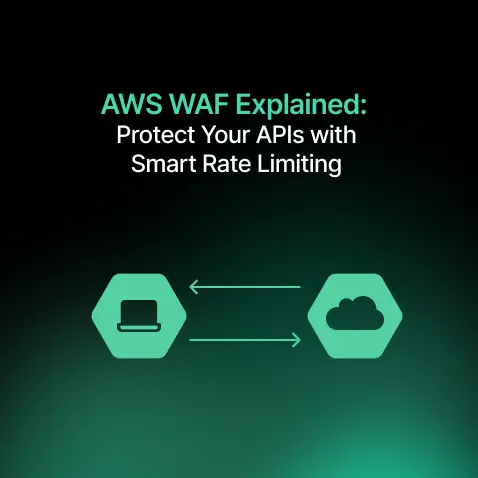Top 5 Ways to Get AWS Credits (and Where to Find AWS Credits for Sale)
- Nitin Yadav
- Knowledge
About

AWS credits help US startups and enterprises lower cloud bills on Amazon Web Services. Discover legitimate ways to earn AWS credits, avoid illegal resales, and optimize costs through Activate, APN partners, and FinOps strategies.
Industries
- AWS Activate credits, AWS Activate program 2025, AWS billing reduction, AWS cloud cost optimization, AWS cloud savings, AWS credit guide, AWS credit resellers, AWS Credits, AWS credits for sale, AWS EDP, AWS Enterprise Discount Program, AWS FinOps, AWS for startups USA, AWS hackathon credits, AWS marketplace deals, AWS partner network, AWS promotional credits, AWS Startup Credits, buy AWS credits, SquareOps AWS credits
Share Via
Cloud computing has become the foundation of digital businesses in the US. Startups, SaaS companies, FinTech firms, and healthcare platforms all rely on Amazon Web Services (AWS) for their infrastructure. But as companies scale, so do their AWS bills. In many cases, cloud spend becomes one of the largest operating costs for startups and enterprises.
This is where AWS credits come in. AWS credits act like digital coupons or prepaid balances that can be applied directly to cloud invoices. For US startups, AWS credits often mean the difference between extending the runway or burning through cash faster than expected.
The challenge? AWS credits aren’t always easy to obtain, and companies often explore “AWS credits for sale” on secondary markets to save costs. While this phrase is popular, buying credits outside official channels carries risks. The good news: there are legitimate, proven ways to get AWS credits and yes, some safe options to explore if you’re hunting for “AWS credits for sale.”
This guide will cover:
- What AWS credits are and why they matter.
- Why US businesses seek AWS credits for sale.
- The top 5 ways to get AWS credits in 2025.
- Risks, compliance considerations, and best practices.
- How to maximize credits to reduce cloud bills.
What Are AWS Credits?
AWS credits are monetary vouchers that can be applied to offset AWS usage costs. Instead of paying full price for compute, storage, or machine learning services, credits reduce or even eliminate charges until they run out.
Types of AWS Credits
- AWS Activate Credits
- For startups enrolled in AWS Activate.
- Ranges from $1,000 to $100,000 depending on the startup’s stage and backers.
- Promotional Credits
- Awarded through hackathons, events, or partner programs.
- Often expire within 12 months.
- Marketplace Credits
- Sometimes bundled when purchasing third-party SaaS solutions from the AWS Marketplace.
Limitations of AWS Credits
- Expiry dates: Most credits expire within 1–2 years.
- Non-transferable: AWS T&Cs prohibit direct resale.
- Service restrictions: Some credits don’t apply to specific services.
In short: AWS credits are cloud currency that help US businesses save big on cloud costs but must be used wisely.
Why US Companies Look for AWS Credits for Sale
The phrase “AWS credits for sale” is increasingly searched by US SaaS founders, FinOps teams, and cloud engineers. But why?
1. Rising AWS Bills
- As AI/ML adoption grows, compute-intensive workloads on SageMaker, EC2, and Kubernetes clusters are driving up AWS costs.
2. Startup Runway Extension
- Early-stage startups rely on credits to extend their funding runway and reduce burn rate.
3. Secondary Markets
- Some companies with excess credits (from overfunded Activate programs or unused enterprise bundles) resell them informally.
4. Cost Pressure
- Startups often face pressure from VCs to cut cloud bills by 20–40%. Buying credits seems like a quick solution.
Risks of Buying AWS Credits for Sale
- AWS prohibits resale.
- Using credits from unauthorized sellers can result in:
- Account suspension.
- Loss of credits without refund.
- Compliance issues in regulated industries.
While the idea of buying AWS credits is tempting, US companies should prioritize legitimate sources to avoid risk.
Top 5 Ways to Get AWS Credits
1. AWS Activate Program
The AWS Activate program is the most reliable way for startups to secure credits.
- Eligibility: Startups backed by venture capital firms, accelerators, or incubators.
- Credits available: From $1,000 to $100,000, depending on tier.
- Other benefits: Free training, technical support, and business guidance.
Example:
A US SaaS company in an accelerator program received $25,000 in credits, cutting monthly cloud bills from $15,000 to $0 for over a year.
For early-stage US startups, Activate is the #1 way to get AWS credits legitimately.
2. AWS Partner Network (APN) & Marketplace Deals
The AWS Partner Network (APN) is another way to access credits indirectly.
- Resellers & ISVs: Consulting partners often bundle credits when onboarding new clients.
- Marketplace incentives: Some SaaS providers on the AWS Marketplace include promotional credits with purchases.
Example:
A FinTech firm buying a monitoring tool on AWS Marketplace received $10,000 in AWS credits as part of the package.
Pro tip: Always ask APN partners if credits are part of their onboarding deals.
3. AWS Events, Hackathons & Grants
AWS frequently gives out promotional credits at:
- AWS re: Invent
- AWS Summits
- Machine Learning hackathons
- Startup competitions
Additionally, AWS offers research and healthcare grants for US institutions.
Example:
A healthcare startup received $20,000 credits via an AWS healthcare innovation grant in 2024.
Attend events, join hackathons, or apply for grants these are underused credit sources.
4. Buying AWS Credits from Resellers (Secondary Market)
Here’s the controversial one: the phrase “AWS credits for sale” often refers to the secondary market.
- How it works: Companies with excess credits resell them on LinkedIn, Slack groups, or through brokers.
- Savings: Buyers sometimes save 20–40% on AWS bills.
Risks:
- Strictly against AWS terms of service.
- Credits may be revoked without notice.
- Could result in suspended accounts.
Safe Alternative:
Instead of unofficial purchases, US enterprises can join the AWS Enterprise Discount Program (EDP), where AWS itself provides upfront credits in exchange for long-term spend commitments.
5. Negotiating Enterprise Deals with AWS
For larger US businesses, the Enterprise Discount Program (EDP) offers significant credits:
- Commitment-based: Companies commit to multi-year AWS usage.
- Credits included: AWS often bundles upfront credits into deals.
- Best for: Mid- to large enterprises with predictable spend.
Example:
A healthcare SaaS company negotiated a $1M credit package as part of a 3-year, $10M AWS commitment.
For enterprises, direct negotiation is often the most cost-effective route.
Pros and Cons of Buying AWS Credits for Sale
Pros
- Immediate cost savings.
- Helps startups extend funding runway.
- Useful for cash-strapped teams.
Cons
- Violates AWS terms of service.
- Risk of account suspension.
- Fraud/scams from unauthorized sellers.
- Potential compliance violations.
Verdict: The risks outweigh the benefits. Stick with official channels or enterprise negotiations.
How US Startups Can Maximize AWS Credits
Best Practices
- Apply credits strategically → prioritize high-cost services like EC2, SageMaker, and RDS.
- Track expirations → don’t let unused credits expire.
- Leverage AWS Cost Explorer → monitor usage and optimize workloads.
- Combine credits with FinOps strategies:
- Use spot instances.
- Right-size workloads.
- Implement auto-scaling.
Example:
A SaaS company used $50,000 in Activate credits during its FinOps adoption. Combined, they cut AWS bills by 40% over 12 months.
The Future of AWS Credits
- Generative AI workloads will increase demand for credits.
- AWS will expand credit programs for startups and regulated industries.
- Stricter enforcement against resale markets is expected.
- Credits will become a standard fundraising benefit for US startups in 2025+.
Conclusion
AWS credits are a powerful way for US businesses to cut cloud costs and accelerate growth. While “AWS credits for sale” may sound attractive, unauthorized purchases carry serious risks.
Instead, US startups and enterprises should:
- Use the AWS Activate program.
- Explore partner deals and Marketplace offers.
- Participate in AWS events and grants.
- Negotiate enterprise deals with AWS directly.
At SquareOps, we help US SaaS and enterprise clients maximize AWS credits, implement FinOps strategies, and reduce cloud bills without compliance risks.
Frequently asked questions
AWS credits are vouchers applied to cloud bills, reducing costs for compute, storage, and ML services.
Startups can apply for the AWS Activate program, partner with accelerators, or receive credits through AWS partners.
No. AWS prohibits resale. Buying credits on secondary markets risks account suspension.
AWS Activate provides $1,000–$100,000 in credits to eligible startups.
Apply credits to high-cost workloads, track expiration dates, and combine with cost-optimization strategies.
Yes. Large enterprises can negotiate AWS credits through the Enterprise Discount Program (EDP) by committing to multi-year usage, often receiving significant upfront credits.
Most AWS credits expire within 12 to 24 months, depending on the program type. Always track expiration dates in your AWS Billing Console to avoid losing unused credits.
No. AWS credits are non-transferable and tied to the account they’re issued to. Attempting to transfer or resell credits can result in account suspension.
You can earn AWS credits through hackathons, AWS re:Invent, Startup Loft events, partner programs, and research or healthcare innovation grants from AWS.
SquareOps helps US startups and enterprises secure, manage, and optimize AWS credits while implementing FinOps strategies to lower cloud costs safely and compliantly.
Related Posts

Comprehensive Guide to HTTP Errors in DevOps: Causes, Scenarios, and Troubleshooting Steps
- Blog

Trivy: The Ultimate Open-Source Tool for Container Vulnerability Scanning and SBOM Generation
- Blog

Prometheus and Grafana Explained: Monitoring and Visualizing Kubernetes Metrics Like a Pro
- Blog

CI/CD Pipeline Failures Explained: Key Debugging Techniques to Resolve Build and Deployment Issues
- Blog

DevSecOps in Action: A Complete Guide to Secure CI/CD Workflows
- Blog

AWS WAF Explained: Protect Your APIs with Smart Rate Limiting
- Blog

